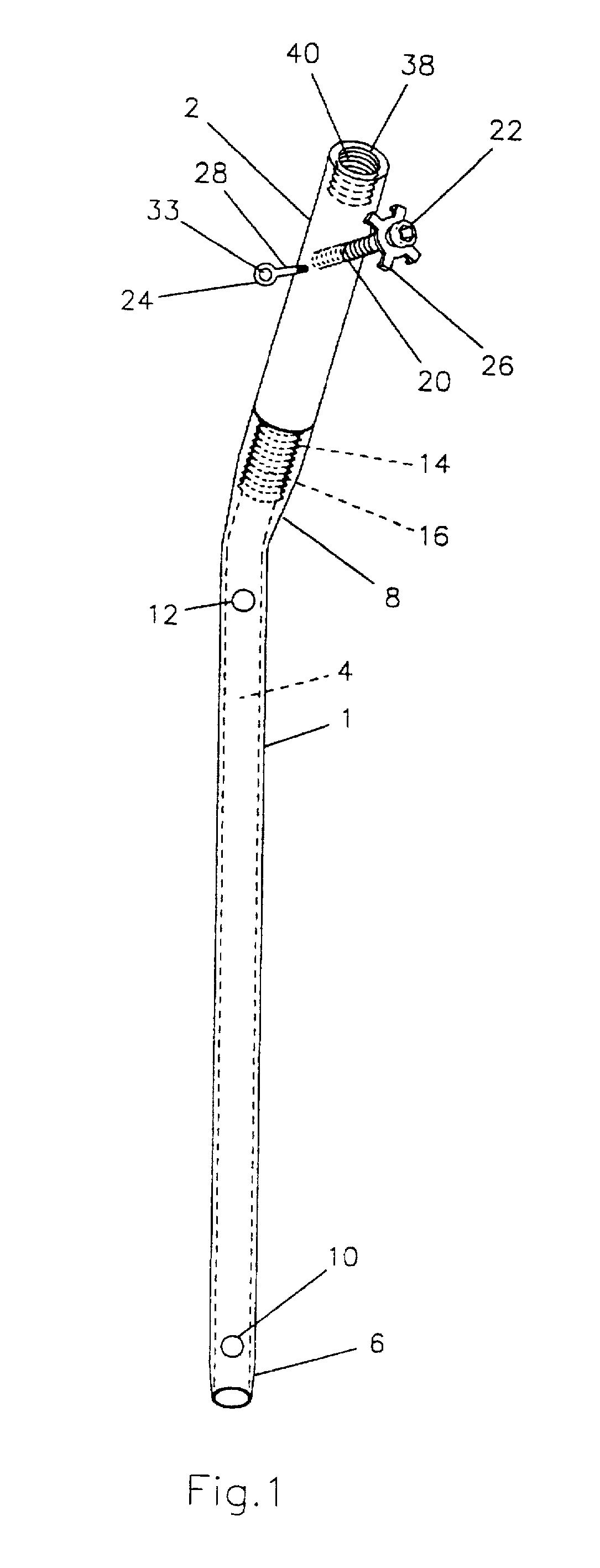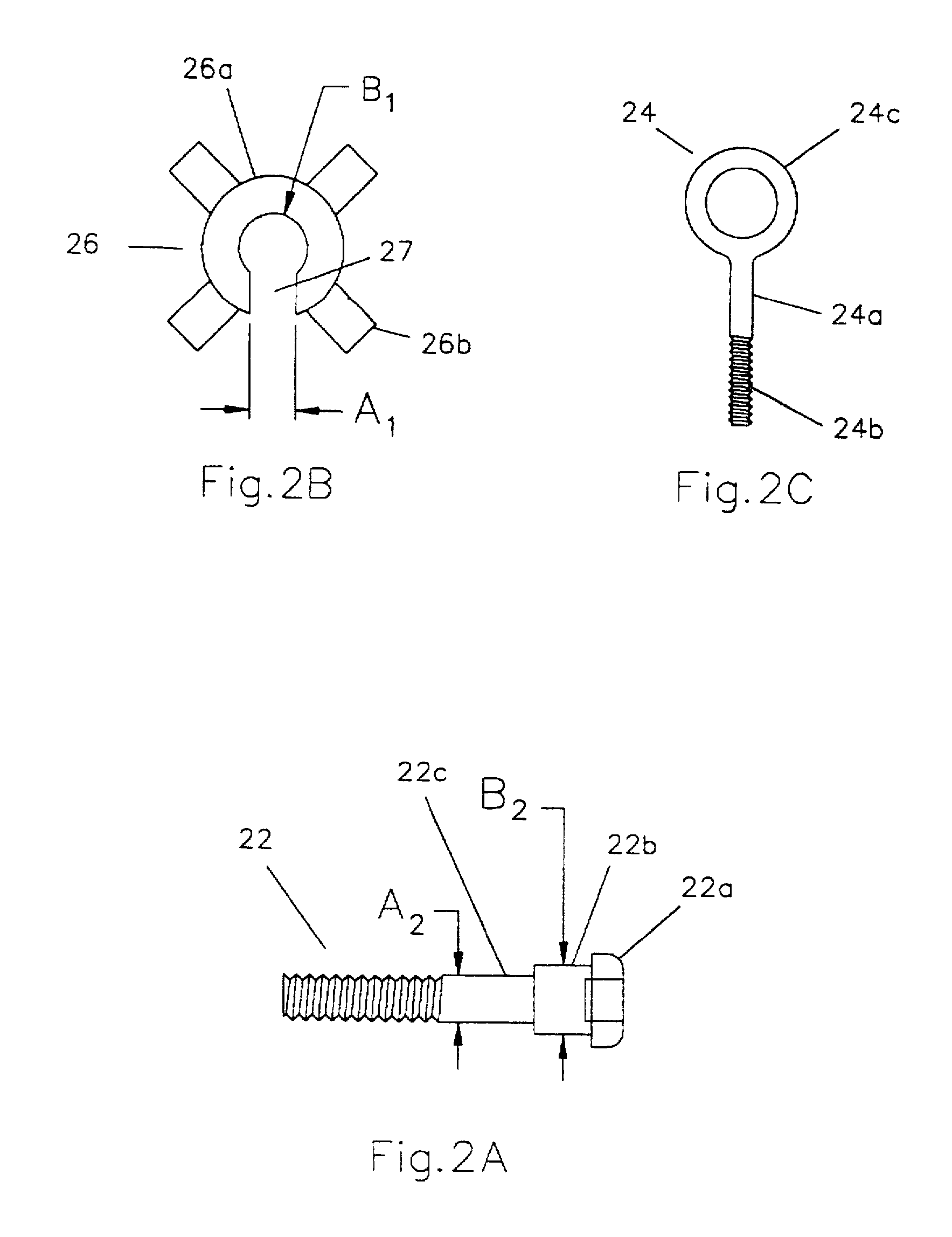Intramedullary rod apparatus and methods of repairing proximal humerus fractures
a technology of intramedullary rods and fixation methods, which is applied in the direction of prosthesis, shoulder joints, osteosynthesis devices, etc., can solve the problems of difficulty in finding adequate bone stock to secure the related, failure to fix the fracture, and difficulty in finding adequate bone stock
- Summary
- Abstract
- Description
- Claims
- Application Information
AI Technical Summary
Benefits of technology
Problems solved by technology
Method used
Image
Examples
Embodiment Construction
[0047]The structure and method of the present invention is described in the context of treating proximal fractures of the humerus. The present invention is, however, not limited to treating proximal humerus fractures, but may be used for treating other fractures of the humerus as well as fractures of other bones. It may also be used to treat nonunions, malunions, bone tumors, and cavitary lesions.
[0048]The first embodiment of the present invention will be described in reference to FIGS. 1, 2A-2C, and 3. Referring to FIG. 1, this embodiment comprises a modular intramedullary rod having a stem member 1 and an extension member 2, forming a respective angle thereby allowing placement of the rod insertion site lateral to, i.e., not through, the articular surface. The stem member 1 is sized and shaped to conform to the basic humeral anatomy and in this embodiment is composed of metal, plastic (such as a high molecular weight polyethylene), composite, (such as polyethylene reinforced with ...
PUM
| Property | Measurement | Unit |
|---|---|---|
| Angle | aaaaa | aaaaa |
| Pressure | aaaaa | aaaaa |
| Angle | aaaaa | aaaaa |
Abstract
Description
Claims
Application Information
 Login to View More
Login to View More - R&D
- Intellectual Property
- Life Sciences
- Materials
- Tech Scout
- Unparalleled Data Quality
- Higher Quality Content
- 60% Fewer Hallucinations
Browse by: Latest US Patents, China's latest patents, Technical Efficacy Thesaurus, Application Domain, Technology Topic, Popular Technical Reports.
© 2025 PatSnap. All rights reserved.Legal|Privacy policy|Modern Slavery Act Transparency Statement|Sitemap|About US| Contact US: help@patsnap.com



